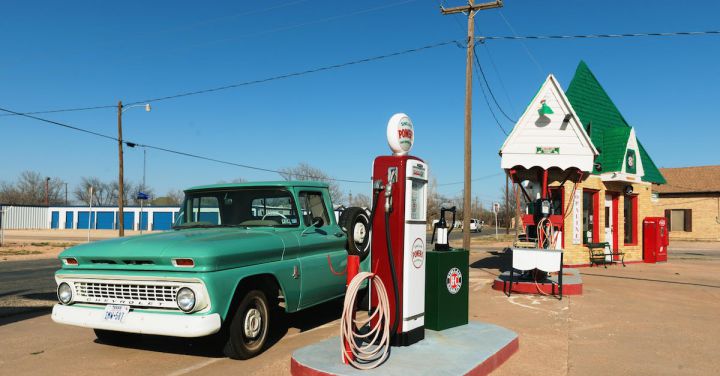The rail industry has seen significant advancements over the years, and one of the most notable developments is the introduction of diesel-electric locomotives. These locomotives have revolutionized the way goods and people are transported, offering numerous benefits and advantages over their predecessors.
One of the key advantages of diesel-electric locomotives is their efficiency. Unlike traditional steam locomotives, which rely on the burning of coal or wood to generate steam, diesel-electric locomotives use a combination of diesel engines and electric motors. This hybrid system allows for a more efficient conversion of fuel into mechanical energy, resulting in reduced fuel consumption and lower operating costs.
In addition to their efficiency, diesel-electric locomotives also offer increased power and performance. The electric motors used in these locomotives provide instant torque, allowing for quick acceleration and better hauling capacity. This means that diesel-electric locomotives can pull heavier loads and climb steeper grades, making them well-suited for both freight and passenger transportation.
Another significant advantage of diesel-electric locomotives is their reduced environmental impact. Compared to steam locomotives, which emit large amounts of smoke and pollutants, diesel-electric locomotives produce fewer emissions and have a lower carbon footprint. Additionally, the use of electric motors results in quieter operations, reducing noise pollution along railway tracks.
The versatility of diesel-electric locomotives is another factor that has contributed to their success in the rail industry. These locomotives can be easily adapted to different types of railway systems, including both standard and narrow gauge tracks. They can also be equipped with various features and technologies, such as regenerative braking systems and advanced control systems, further enhancing their performance and efficiency.
Furthermore, diesel-electric locomotives have played a crucial role in improving the reliability and availability of rail services. The use of multiple diesel engines and electric motors in these locomotives allows for redundancy, ensuring that even if one engine or motor fails, the locomotive can still continue its journey. This reduces the risk of service disruptions and improves the overall reliability of rail transportation.
In recent years, there have been further advancements in diesel-electric locomotive technology. Hybrid locomotives, which combine diesel-electric systems with energy storage technologies, have been developed to further improve fuel efficiency and reduce emissions. These locomotives use regenerative braking to recover energy that would otherwise be lost and store it in batteries or other energy storage devices for later use.
The adoption of diesel-electric locomotives has not only benefited the rail industry but also the communities and economies they serve. Improved efficiency and performance have resulted in faster and more reliable transportation of goods and people, boosting economic development and trade. Reduced emissions and noise pollution have also contributed to a cleaner and healthier environment for both urban and rural areas along railway lines.
In conclusion, diesel-electric locomotives have advanced the rail industry in numerous ways. Their efficiency, power, reduced environmental impact, versatility, and reliability have made them a preferred choice for both freight and passenger transportation. With ongoing technological advancements, diesel-electric locomotives will continue to play a crucial role in shaping the future of the rail industry, further improving efficiency, sustainability, and overall transportation experience.
